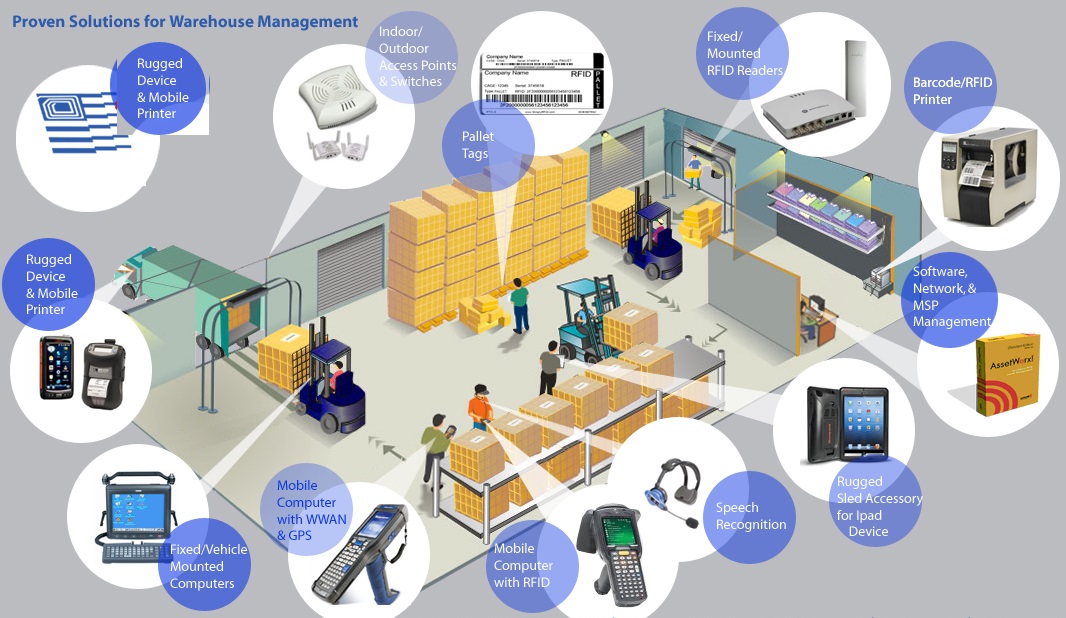COD Warehouse management software (WMS) is a tool that allows organizations to control the movement and storage of goods within warehouses. A warehouse management system is software made to help users improve the efficiency of tracking inventory and supplies as they move through a warehouse or distribution center. It helps in managing operations such as inventory tracking, warehouse designing, picking and packaging goods, shipping, managing yards and docks, and staffing.
Competitive advantages of using warehouse management software
• By automating fundamental warehouse operations, WMS software can give you a competitive edge over other businesses in your market. You can:
• Grow your business: The bigger your business gets, the more you’ll have to keep track of. That can become troublesome when you lack a standardized, easy-to-use tool for regulating your warehouse, and that alone makes investing in a scalable WMS the smart choice.
• Boost productivity: By helping you determine what works for your product and your employees, warehouse software can save your team time, which will in turn save you money and enhance morale on the floor.
• Increase transparency: Customizable reporting tools can give you a much clearer and broader view of your product, helping you plan ahead to meet demands as well as reducing miscommunication between you and your customers.
Benefits of COD Warehouse Management System
COD Warehouse Management System assists in handling inbound and outbound operations by streamlining most manual operations and increasing overall efficiency. There are many benefits of using warehouse management software, including:
• Inventory Optimization: WMS allows users to monitor the movement of goods along their supply chain. This further helps them monitor and control stock levels. WMS supports multiple inventory management models such as LIFO, FIFO, and just-in-time.
• Enhanced Inventory Visibility: Radio-frequency identification (RFID) devices and barcode scanners act as tangible extensions of WMS in warehouses. Barcode scanning and RFID tagging of goods along different checkpoints in the supply chain gives users clear visibility into the movement of their shipments.
• Reduced Operational Costs: Leveraging data such as expected inbound and outbound shipments and space availability, WMS solutions facilitate optimum warehouse space utilization. Some solutions also offer simulators that allow users to create virtual floor plans – including placement of pallets, shelves, and loading docks – to identify ways to make the best use of available space.


